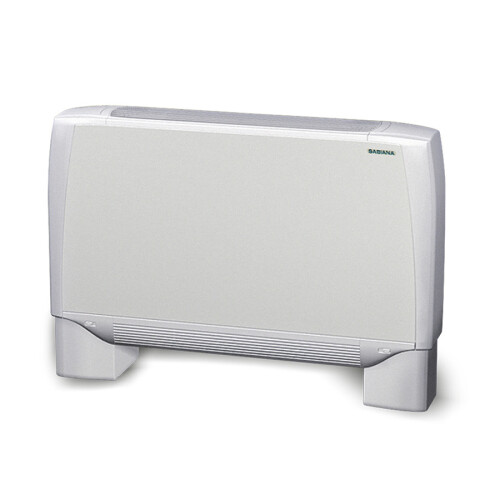Aeraulic components
Air handling components: essential for HVAC system efficiency
Air handling components are crucial for the proper functioning of HVAC (Heating, Ventilation, and Air Conditioning) systems. These components include a wide range of devices used for moving, distributing, and treating air in residential, commercial, and industrial buildings.
In this article, we will explore the characteristics of the main air handling components, their benefits, how they function, and key considerations for their installation and maintenance.
Page: 1 di 2
Main air handling components
HVAC systems are complex and require a variety of air handling components to ensure effective air circulation. Here are some of the key components:
- Ducts: Ducts are channels used to transport air from one point to another within a building. They can be made from various materials, including steel, aluminium, and plastic.
- Fans and extractors: These devices move air through the system. Fans push air into the ducts, while extractors remove stale air from the environment.
- Diffusers and grilles: Diffusers distribute treated air into rooms, while grilles allow air to return to the ducts. They come in various shapes and sizes to meet both aesthetic and functional needs.
- Filters: Filters remove dust particles, pollen, and other contaminants from the air. They are essential for maintaining indoor air quality and protecting HVAC system components.
- Dampers: Dampers regulate airflow within the ductwork. They can be manual or automatic, allowing precise control over air distribution.
- Heat exchangers: Used to transfer heat between two airflows, heat exchangers are essential for energy recovery and improving system efficiency.
Benefits of air handling components
- Energy efficiency: Well-designed and properly installed air handling components enhance HVAC system efficiency, reducing operating costs and environmental impact.
- Indoor air quality: Filters and other air treatment devices help maintain clean and healthy air inside buildings, reducing the risk of allergies and respiratory issues.
- Thermal comfort: Effective air distribution ensures that all areas within a building are kept at the desired temperature, enhancing occupant comfort.
- System durability: High-quality air handling components protect the HVAC system from damage and wear, extending the lifespan of the entire installation.
How air handling components work
- Air movement: Fans and extractors move air through the HVAC system. Fans push or pull air, directing it through the ductwork.
- Air distribution and treatment: Air travels through the ducts, where it can be filtered to remove contaminants. Heat exchangers can transfer heat between incoming and outgoing air, improving energy efficiency.
- Flow regulation: Dampers control airflow within the ducts, allowing precise management of air distribution. Diffusers and grilles release treated air into rooms, ensuring even distribution.


























